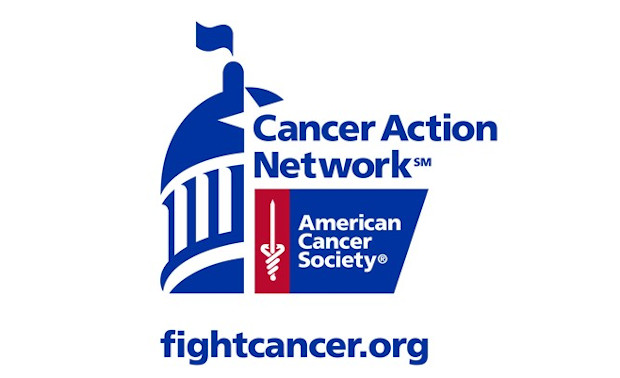On Oct. 22, the American Cancer Society Cancer Action Network (ACS CAN) released a report detailing the costs of treating cancer, specifically out-of-pocket costs typical cancer patients face.
The report found U.S. cancer patients in 2018 spent $5.6 billion in out-of-pocket costs for cancer treatment. Overall, the disease cost the country $183 billion in direct cancer-related health care spending in 2015—an amount that is projected to increase to $246 billion by 2030.

It also found cancer-caused financial hardship falls hardest on people of color, those who have lower incomes, and/or have lower education levels and younger patients.
The report comes just a few weeks before the Supreme Court hears a case that could invalidate the Affordable Care Act (ACA) and significantly alter how Americans get health care and what they pay for it.
The report examines the costs associated with several kinds of cancer through various common insurance types including: a large employer-sponsored plan, a small employer high deductible plan, an individual marketplace plan, a short-term limited duration (STLD) plan, and Medicare.
The analysis found a wide range in total patient costs, especially between the ACA-compliant plans and the non-compliant non-comprehensive STLD option.
When premiums, deductibles, co-pays, and co-insurance were calculated, patients with comprehensive or ACA-compliant coverage paid between $5,000 out-of-pocket in a large employer plan to over $12,000 in an individual marketplace plan for their care. However, the patient costs in an STLD plan totaled a staggering $52,000, due largely to the fact the plan did not cover prescription drugs and has a deductible of over $12,000. STLD plans, which have proliferated under an administrative rule change, are not required to cover essential health benefits, including prescription medication, and do not have to cap patient expenses. Unfortunately, many enrollees do not realize the inadequacy of this type of coverage when they enroll in a STLD plan.
“This report shows just how important it is that patients have access to affordable, comprehensive health coverage,” said Lisa Lacasse, president of ACS CAN. “Research shows that paying five or ten thousand dollars out of pocket – often within a span of only 1-3 months – is extremely challenging even under the best-case scenario. Should the Supreme Court invalidate the health care law and eliminate its patient protections that mitigate these costs, millions more Americans are likely to find a cancer diagnosis to be financially devastating.”
Key report findings include:
- Having insurance coverage and the type of coverage is critical. Benefit design determines how much a patient pays and how and when they’ll pay it. High deductible health plans may have lower monthly premiums, but force patients to pay much higher costs all at once when they get sick, which can be challenging for patients and may lead to delayed tests or treatment.
- Out-of-pocket limits protect cancer patients, who rely heavily on their insurance benefits to treat their disease. Such patients often hit their maximum spend quickly and once reached do not have to pay cost sharing for in-network covered services.
- STLD plans put patients at risk for extreme costs as they do not have to cap patient out-of-pocket spending, can have even higher deductibles, and do not have to cover specific essential services.
Changing insurance plans mid-year can cause spending spikes and higher total costs—a scenario more people may be experiencing due to coronavirus-related layoffs—and that the type of cancer, treatment plan, and treatment duration can cause huge variation in how much patients pay. The patient profiles do not account for out-of-network services, surprise medical bills, transportation and other expenses patients often incur.
The full report, along with an executive summary and infographics illustrating specific scenarios and themes, can be found at fightcancer.org/costsofcancer.
Spanish-language versions of the executive summary and infographics also are available on the website.
The report details numerous policy proposals lawmakers should implement to ensure patient access to affordable, comprehensive health coverage and address the high costs of cancer. A recent survey of cancer patients and survivors found access to comprehensive health care that covers all necessary services—during the pandemic and beyond—is patients’ and survivors’ top health-related priority (51%), followed by the availability of such coverage should someone’s job change (20%).
“We need lawmakers to do everything they can to ease the financial stress cancer patients experience and ensure they’re able to get quality, affordable care,” said Lisa. “That means working together to protect and strengthen the current health care law.”
*Shared from MySocietySource.

No comments:
Post a Comment